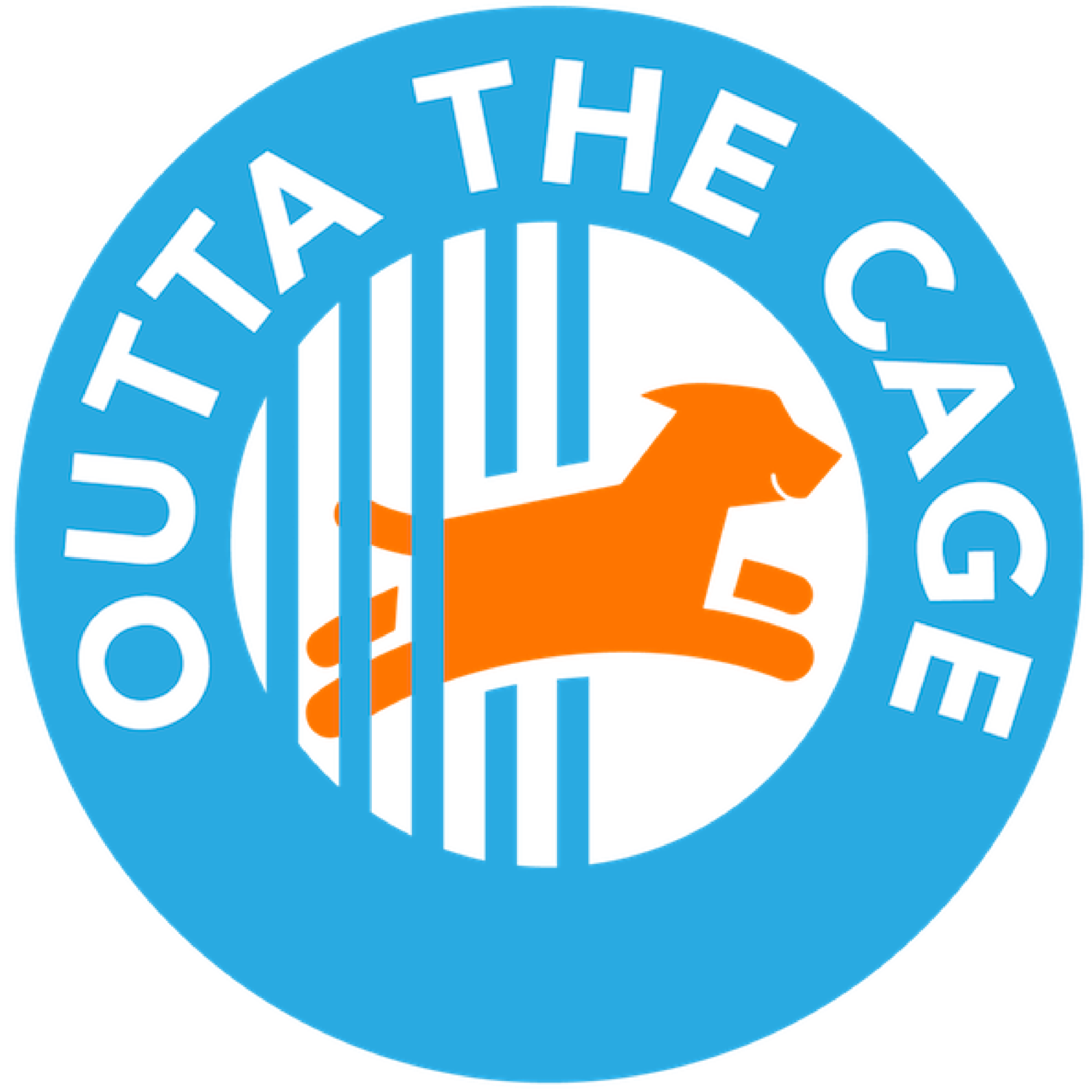Community-based Sheltering in a Post-COVID World: An online ebook

Introduction.
“When I was 9 years old, I watched as my father drove my dog Beau away in the back of his pickup. I hope someone saved you, Buddy. I’m sorry I couldn’t.”
Jill Dyché, author and executive director of Outta the Cage
It’s better than it used to be. In 2017, the U.S. shelter system killed an estimated 1.5 million animals. It’s a devastating statistic, but a far cry from the 20 million animals killed in the 1970s [source]. For the year 2020, Best Friends Animal Society projected that fewer than 500,000 animals would die in shelters [source].
But anyone who loves animals understands that it’s still 500,000 too many.
In the past decade, government officials, humane societies, animal shelter employees, rescue organizations, and concerned citizens have begun questioning what it will take to bring this number down even further. Despite the tragic loss of life and the societal upheaval the Covid-19 pandemic has caused, it has presented us with revolutionary new ways to decrease unnecessary death in animal shelters. Ironically, Covid-19 might be accelerating our journey towards a no-kill future. In fact, recent changes might render the animal shelter, as we know it, obsolete.
It’s ironic that a global pandemic that has caused illness and death and originated from animals could end up saving animals’ lives.
I’ve spent my professional career as a management consultant, advising executives at large corporations and startups. Many of my Fortune 500 and tech industry clients embraced disruptive change long before the Covid-19 pandemic. Global banks, big box and specialty retailers, high tech firms, and healthcare providers all share a common goal: to get more customers and keep them coming back.
Of course, the word customer is vague. It could be used synonymously with patient, citizen, constituent, taxpayer, client, user—or even adopter. Changes that have been embraced by household name companies could work in animal rescue. The reality of Covid-19 has presented a fresh opportunity for animal welfare organizations to leapfrog their traditional plans and implement visionary lifesaving programs.
Global events (think droughts, military conflict, and yes, pandemics) cause disruption. Disruption drives change. Change causes discomfort. And discomfort invites questions. The changes that municipal shelters, private sanctuaries, animal rescue groups, boarding facilities, and even the breeder community have made in response to the Covid-19 pandemic represent the beginning of a new model for animal rescue. It’s ironic that a global pandemic that has caused illness and death and originated from animals could end up saving animals’ lives.
What you should know.
I run an animal rescue called Outta the Cage. Our volunteer team frequents a dozen different shelters in southern California—taking photos and videos, networking, rescuing, and finding homes for shelter dogs. We focus on the plight of senior dogs, medical cases, and so-called dominant breeds. These animals languish in industrial areas, backyard breeding operations, grocery store parking lots, abandoned houses, under freeway overpasses, and, yes, in animal shelters.
Although Outta the Cage is based in L.A., we have rescued animals across the United States. We’ve been “on the ground” when overcrowded shelters are killing for space, and the dog we fell in love with on Tuesday winds up red-listed on Wednesday and killed on Thursday. Believe me, we wish we could un-see what we’ve seen. But we can’t.
And we can’t unlearn what we’ve learned. The opportunities described in this ebook aren’t specific to a single shelter system, geography, or species. They are universal. All we need is some visionary leaders to adopt some of the ideas presented here, thereby becoming examples for others to emulate. The goal of this ebook is to color in what that looks like.
What’s in this ebook?
In 2015, I wrote an ebook titled Big Data, One Dog at a Time. It focused on the potential of data and analytics to help more shelter animals, showing examples of our rescue’s data analysis and the resulting actionable insights. In 2018, I expanded the discussion in an ebook titled Shelter Reform in the Digital Age. It described the potential for wholesale digital transformation, targeting animal shelters and showing how technology modernization could drive lifesaving efficiencies.
This ebook, in contrast, explains how improvements proposed in the first two ebooks are being realized due to the global disruptive force that is Covid-19. We have taken this ebook out of a downloadable PDF format and brought it online. It’s now a living, modifiable document, and readers can easily search for and navigate to topics of interest.
This ebook is for anyone who’s been involved in animal welfare, from seasoned shelter managers who may be in the thick of transformation to networkers on social media who share shelter animals with their friends.
You might find some of the content and statements herein controversial. Certainly, the persistent image of companion animals stuck in noisy municipal institutions is upsetting. I’m not taking aim at any particular group nor am I trying to incite debate. My observations are borne from deep experience in the animal rescue world. Your mileage may vary. The common goal of “no-kill” is something we can rally around, despite inevitable philosophical differences. All of us want more animals placed in loving homes and fewer taking their final breaths on cold metal tables in back rooms at shelters.
Central to this ebook is the theme that unanticipated events like Covid-19 can be transformative. “Microsoft has seen two years’ worth of digital transformation in just two months,” CEO Satya Nadella announced during an earnings call in April 2020. A more risk-averse leader couldn’t make such a bold claim. Indeed, as we’ll discuss later, leadership can mean the difference between protecting outdated policies and upending business models altogether.
Who should read this ebook?
This ebook is for anyone who’s been involved in animal welfare, from seasoned shelter managers who may be in the thick of transformation to networkers on social media who share shelter animals with their friends. Stakeholders in animal welfare reform are a diverse bunch, and none are more invested in it than the animals themselves.
Irrespective of your experience in animal rescue, you have probably asked at least one of the following questions:
How can I help shelter animals if I can’t adopt or foster?
Why aren’t animal shelters moving more quickly to improve?
Are there better ways to return lost pets to their owners?
What capabilities should shelters embrace to add value to their communities?
Are there ways technology can help save more animals?
What practices should shelters phase out or stop in order to focus on new priorities?
What should animal welfare organizations be doing next to improve adoption and rehoming rates?
What will animal shelters look like in the future and what role will they play?
More than ever, neighbors, volunteers, and community groups can directly improve the lives of homeless pets. The more quickly the shelter system launches innovative new programs, the more likely local communities will embrace them. The Covid-19 crisis is disrupting business-as-usual in animal welfare. This ebook proposes ways to make that stick.
How to read this ebook.
This ebook can be read in a linear fashion, section by section, from beginning to end. I recommend that everyone read Section 1. It paints a picture of a “typical” animal shelter. (Though as Tolstoy said, happy families are all alike, and every unhappy family is unhappy in its own way.) Many of the challenges in animal sheltering are common across shelter size, demographics, staff, and geographies.
Readers with specific interest areas might choose to go directly to the sections relevant to them. The Table of Contents page will help. In any case, each section can stand on its own with minimal context from other sections. For those readers new to animal rescue and sheltering, you’ll want to check out the Animal Rescue Glossary.


